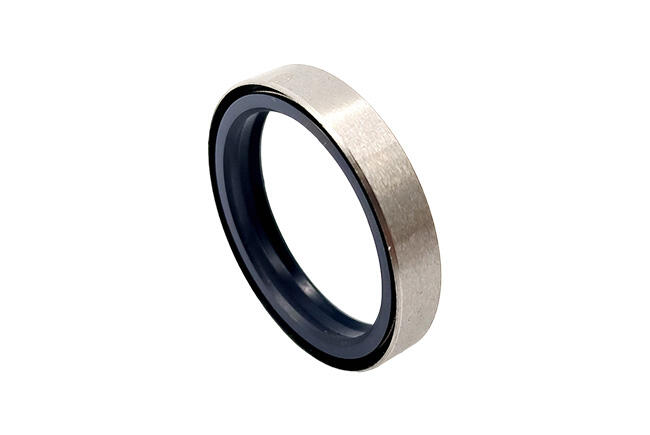PTFE stainless rotary seals are engineered for rotary shaft applications that demand chemical resistance, low friction, and high thermal stability. These seals combine the unique properties of PTFE (Polytetrafluoroethylene) with the durability of stainless steel components, making them suitable for a wide range of industries. Their non-elastomeric construction allows for reliable performance in extreme environments where traditional rubber-based seals may degrade or fail.
This article explores the key applications where PTFE stainless rotary seals are commonly used, and answers frequently asked questions to support proper selection and use.
Where Are PTFE Stainless Rotary Seals Commonly Used?
1. Food and Beverage Processing Equipment
PTFE is non-toxic and chemically inert, making it an excellent choice for sealing in mixers, homogenizers, pumps, and filling systems. Stainless steel reinforcement ensures hygiene and corrosion resistance, both essential in food-grade environments.
2. Pharmaceutical and Medical Devices
In cleanroom and sterile environments, PTFE rotary seals prevent contamination while resisting aggressive cleaning chemicals. They are often used in centrifuges, tablet presses, and bioreactors.
3. Chemical Processing Systems
PTFE is highly resistant to acids, solvents, and alkalis. Combined with stainless steel, these seals are suitable for agitators, reactors, and dosing pumps that operate under corrosive and high-temperature conditions.
4. Oil and Gas Applications
PTFE stainless seals are used in rotary valves, drilling equipment, and compressors where exposure to hydrocarbons, pressure fluctuations, and abrasive media is common.
5. Semiconductor Manufacturing
In vacuum chambers and process tools, PTFE rotary seals help maintain ultra-clean environments while withstanding thermal cycling and chemical exposure.
6. Aerospace and Defense Systems
These seals perform reliably in actuation systems, turbines, and control mechanisms, where low friction and temperature stability are critical for operation in varied atmospheric conditions.

Key Features Supporting These Applications
Low Friction Coefficient: Reduces wear and heat generation during high-speed rotation
Excellent Chemical Resistance: Withstands a wide range of fluids and aggressive cleaning agents
Wide Temperature Range: Operates from -65°C to +260°C, depending on design
Corrosion Resistance: Stainless steel components enhance durability in humid or reactive environments
Non-Contaminating: Suitable for clean and sterile processes
Frequently Asked Questions
Q1: Can PTFE stainless rotary seals replace rubber seals?
A: Yes, in many demanding applications. PTFE seals offer better chemical resistance and thermal stability, though they may require precise shaft finishes and installation techniques.
Q2: Are these seals reusable?
A: Generally, rotary seals are considered single-use components in critical applications. Reusing may compromise performance due to deformation or wear.
Q3: What shaft surface requirements apply to PTFE rotary seals?
A: Shaft surfaces should be smooth (typically Ra 0.2–0.4 µm) and hard enough to minimize wear on the seal and ensure reliable contact.
Q4: How do I select the correct PTFE compound?
A: Different PTFE blends (e.g., glass-filled, carbon-filled) offer variations in wear resistance, thermal expansion, and chemical compatibility. Selection should match the fluid, pressure, speed, and temperature of the application.
PTFE stainless rotary seals are versatile and reliable components designed for industries where traditional sealing solutions may fall short. From pharmaceuticals to oil and gas, their chemical resistance, low friction, and broad thermal range make them suitable for complex rotary systems. Understanding their application scope and material behavior helps ensure the correct seal is chosen, contributing to safer and more efficient equipment operation.
 Hot News
Hot News